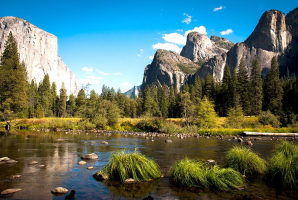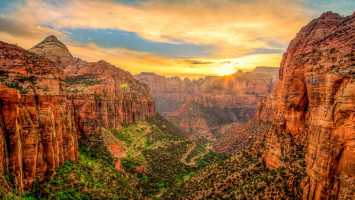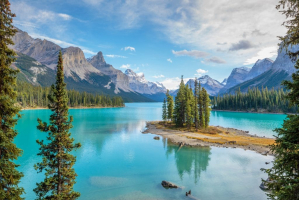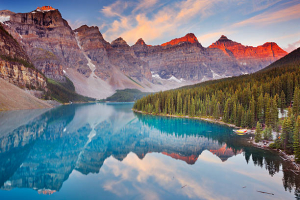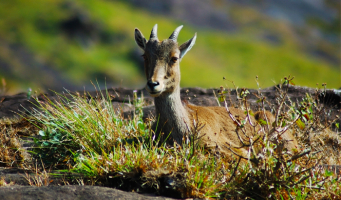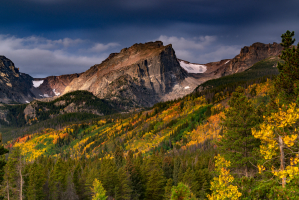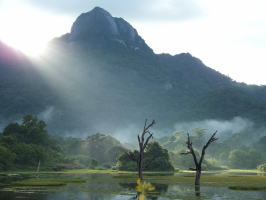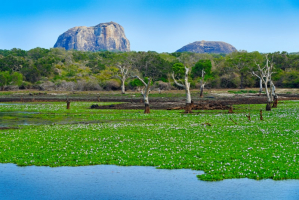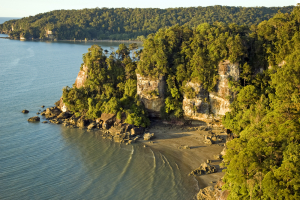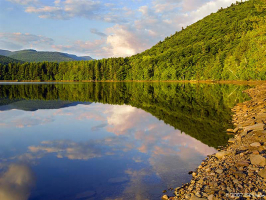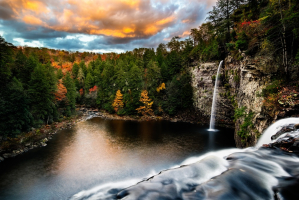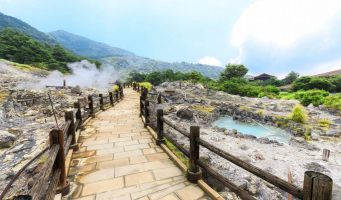Top 10 Best National Parks and Wildlife Sanctuaries in Rajasthan
Rajasthan attracts a large number of tourists from India and across the world. It is best known as the land of kings and famous for its history, Rajasthan also ... read more...attracts a large number of wildlife lovers. If you are planning a visit to a wildlife sanctuary in India, then Rajasthan is the best place for you. It has a number of wildlife sanctuaries and national parks which call you for an amazing wildlife experience. Below are the best national parks and wildlife sanctuaries in Rajasthan, let's find out!
-
Ranthambore is an absolute paradise for wildlife enthusiasts. It is widely recognized for its Ranthambore National Park and Tiger Reserve, but these are not the only places that make Ranthambhore a popular tourist destination. The unquestionably mesmerizing locales, palaces, and royal ruins make Ranthambhore more than just a popular wildlife habitat. So instead of just admiring the captivating surroundings or feasting your eyes on the lovely escapades of Ranthambhore, indulge in many other fascinating things that are unquestionably worth your time and money.
The most daring activity you may choose is a safari ride, which provides you the chance to see wild animals grazing freely in the jungle. You should also take a bird viewing tour, as Ranthambhore is home to over 330 different species of birds. Along with the wildlife, the culture and traditions of Ranthambore also hold a massive significance. Rejoice in the incredible art and craft of the rural women working under the great initiative of Village Women Craft. Also, treat yourself to the exclusive dishes of Rajasthan such as Dal Bati churma, Ker Sangri, and Mawa kachori for a taste that would refuse to leave your taste buds while you’re in Ranthambore!
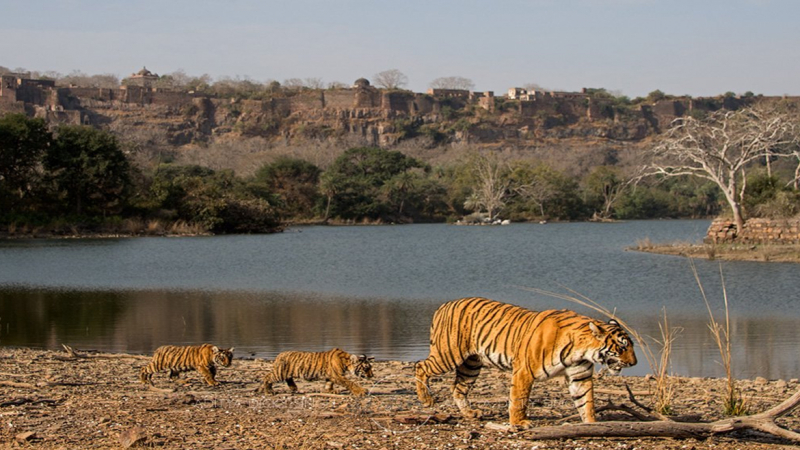
Tour My India 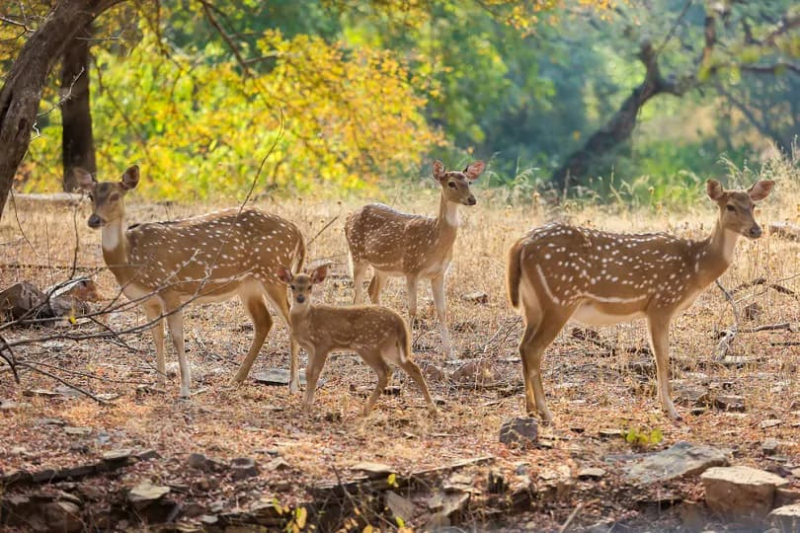
OYO -
The Sariska Tiger Reserve is situated in the Alwar district in the state of Rajasthan and is one of the important national parks in Rajasthan. It was the hunting grounds of the State of Alwar. The sanctuary was declared a Wildlife Reserve in 1955 and was brought under the Project Tiger scheme in 1978. The vegetation in the Sariska Tiger Reserve comprises dry deciduous forests, scrub thorns, and grasses. The park is spread over 866 square kilometers and is situated at a distance of 107 km from Jaipur and 200 km from Delhi. The Sariska Tiger Reserve is a part of the Aravalli Range and is rich in minerals such as copper.
The Sariska Tiger Reserve's population of Royal Bengal Tigers is its most alluring characteristic. Rhesus monkeys, Hanuman langurs, hares, wild boars, chousingha or the four-horned antelope, chinkara, nilgai, sambhar, golden jackals, striped hyenas, caracal, jungle cats, and leopards are just a few of the wild species that call it home. The Great Indian Horned Owl, crested serpent eagle, golden-backed woodpecker, tree pie, sand grouse, bush quail, grey partridge, peafowl, and other bird species are among the numerous bird species that may be found there. The Kankanwadi Fort, the Pandupol Hills, and the Hanuman Temple on Pandupol Hill are just a few of the outstanding historical landmarks that the reserve is home to.
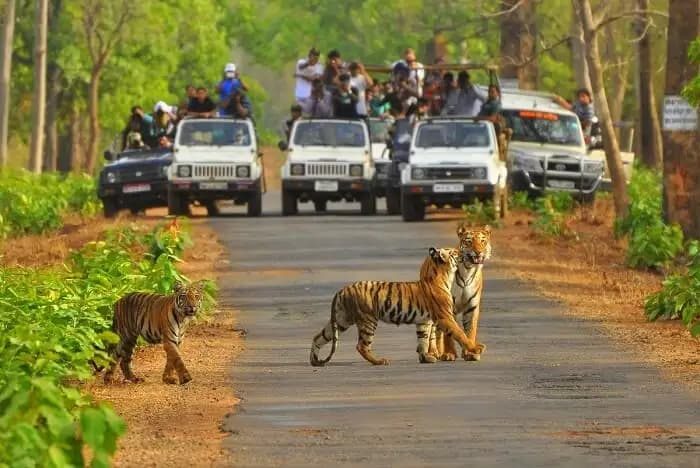
Sariska National Park 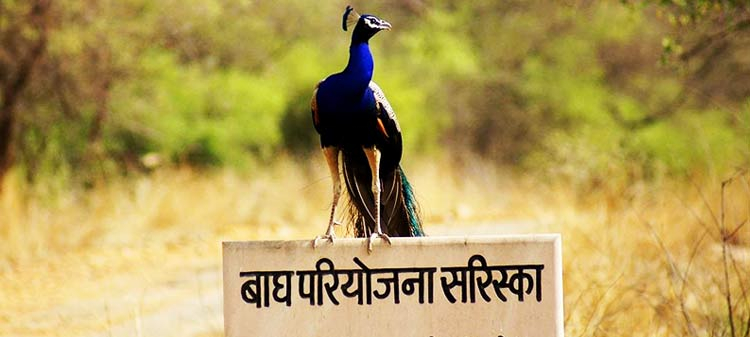
India Tours -
The Desert National Park is one of the important national parks in Rajasthan and is situated near the town of Jaisalmer. Sprawling over an area of 3162 square kilometers, the national park is one of the largest national parks in the country. The unique landscape of the national park is one of the greatest attractions for tourists from all over the world. Almost 20 percent of the park is constituted of sand dunes. The rest of the landmark comprises fixed dunes, intermedial areas, salt lake bottoms, and craggy rocks. It is an excellent example of the desert ecosystem.
Despite its setting, the national park is teeming with birdlife. The endangered Great Indian Bustard, sand grouse, kestrels, laggard falcons, spotted eagles, tawny eagles, short-toed eagles, vultures, buzzards, falcons, harriers, and eagles are some of the birds that are most frequently seen in the national park. Additionally, the Desert National Park is home to a remarkable collection of fossilized plant and animal remains that date back up to 180 million years. The months of November through January are the best for visiting the Desert National Park. In the national park, chinkara, black bucks, hedgehogs, wolves, desert cats, Bengal foxes, and desert foxes are the most frequently seen wild creatures.
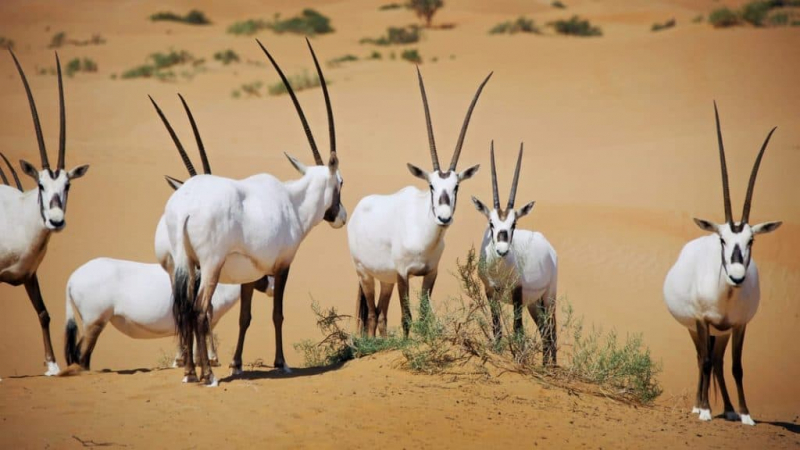
Rajasthan Studio 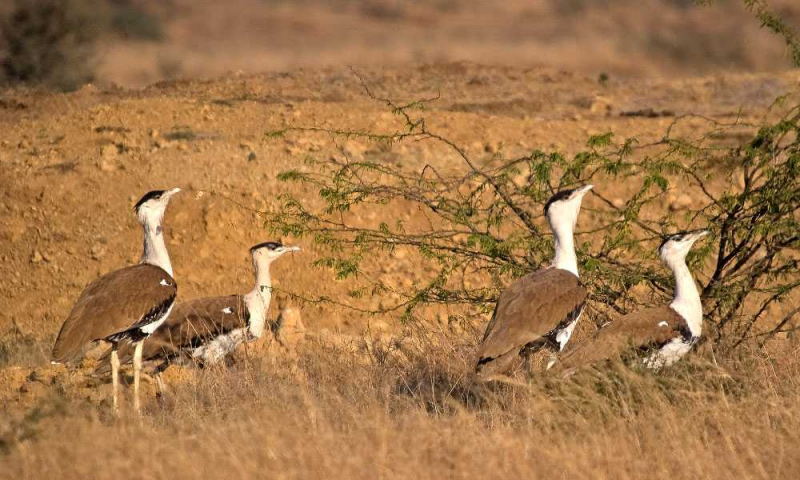
Holidify -
The Keoladeo Ghana National Park was formerly known as the Bharatpur Bird Sanctuary. The sanctuary is home to a large number of migratory birds during the hibernal season and is a very popular tourist place in Rajasthan. The bird sanctuary, which attracts a large number of ornithologists from all over the country and the world during the migratory season, plays home to as many as 230 avian species. In 1971, the park was declared a protected zone and was later included in UNESCO’s list of World Heritage Sites. The bird sanctuary is a man-made wetland and an important national park of Rajasthan. The national park is of much importance, geographically, as it protects the town of Bharatpur from flooding during flash floods and also provides grazing grounds for the village cattle.
In earlier days, the place served as waterfowl hunting grounds. The 379 floral species, 366 bird species, and other creatures all call the bird sanctuary home. One of the world's richest sites for avian residence is the sanctuary. The sanctuary, which bears the name of the Keoladeo Temple located on its grounds, was established some 250 years ago. One of the top birding locations in the world, the Keoladeo Ghana National Park hosts up to 100,000 people annually. About 45,000 of them are foreigners. Because it is a very famous tourist destination in Rajasthan, lodging options have also been set up in and near the sanctuary.
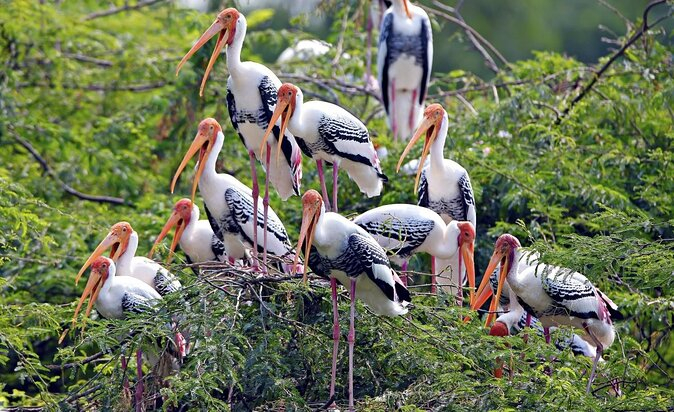
Viator 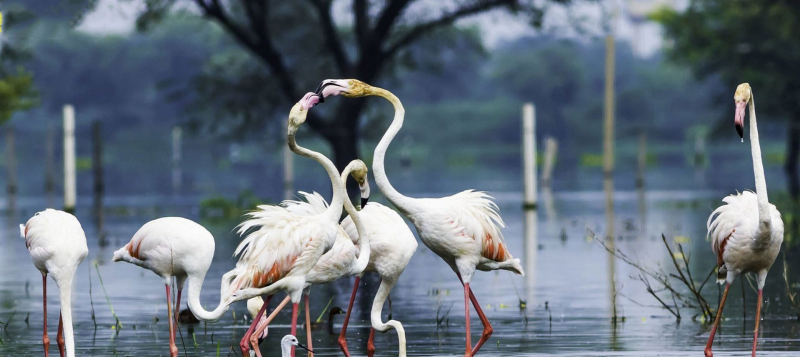
TheTravelShots -
The Kumbhalgarh Wildlife Sanctuary is situated in the Rajsamand district of Rajasthan. The sanctuary is one of the most famous wildlife sanctuaries in Rajasthan. Sprawling over an area of 578 sq km, the sanctuary surrounds the Kumbhalgarh Fort. Situated at an elevation of 500 to 1300 meters, the sanctuary is home to a large variety of wildlife, some of which are highly endangered species. Some of the animals that inhabit the sanctuary include hares, chinkaras, four-horned antelopes, nilgai, sambhar, jungle cats, hyenas, sloth bears, leopards, and wolves.
The sanctuary is also teeming with birdlife, and some of the species that are commonly seen here include parakeets, peacocks, doves, white-breasted kingfishers, bulbuls, pigeons, and grey jungle fowl. The most alluring aspect of the sanctuary is its natural magnificence, Kumbhalgarh. Tourists and travelers from all over the nation and the world are drawn to it by its beautiful splendor. Due to its location about 100 miles from Udaipur, the sanctuary is a very well-liked tourist destination. Visitors can enjoy foot tracking and horse safaris in the sanctuary, arranged by local tour operators. The route for safaris starts from the Kumbhalgarh Fort and continues to Ghanerao. On an abandoned road near Ghanerao, visitors can spot several bird species, four-horned antelopes, chinkaras, and neelgais.
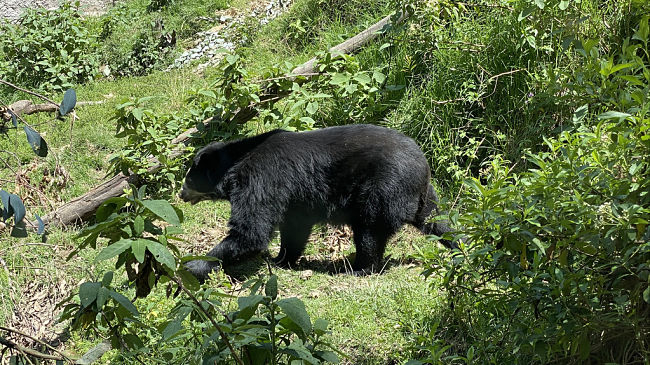
Tourism Rajasthan 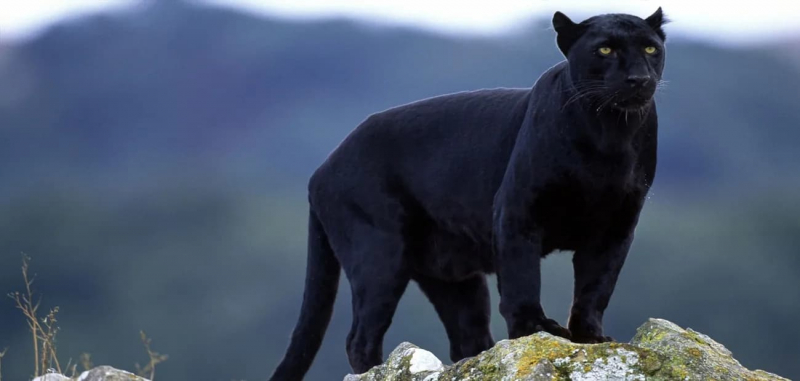
Thrillophilia -
Situated in the oldest mountain ranges of the country – the Aravalli Hills, the Mount Abu Wildlife Sanctuary is one of the most visited wildlife sanctuaries in Rajasthan. It was declared a wildlife sanctuary in 1980 and is home to a large number of wild animals, birds, plants, and trees. Measuring 19 km in length and 6 km in breadth, the altitude ranges between 300 meters to 1722 meters at the Guru Shikhar peak, which is the highest peak in Rajasthan. The most interesting feature about the rocks in the region is that they are igneous rocks and due to the effect of wind and rain, large cavities have formed on most of them.
There are numerous flora and trees in the wildlife reserve. The sanctuary is home to up to 112 plant families, 449 genera, and 820 species of plants. The sanctuary has up to 81 species of trees, 89 types of shrubs, 28 species of climbers, and 17 species of tuberous plants. The sanctuary also contains a diversity of orchid species. The sanctuary includes bamboo woods in some areas. Numerous animal species, including lions, tigers, leopards, hedgehogs, porcupines, Indian hares, mongooses, pangolins, bears, wild boars, langurs, foxes, hyenas, jackals, small Indian civets, jungle cats, sambhars, and others, can be found in the wildlife sanctuary. There are as many as 250 bird species in this area.
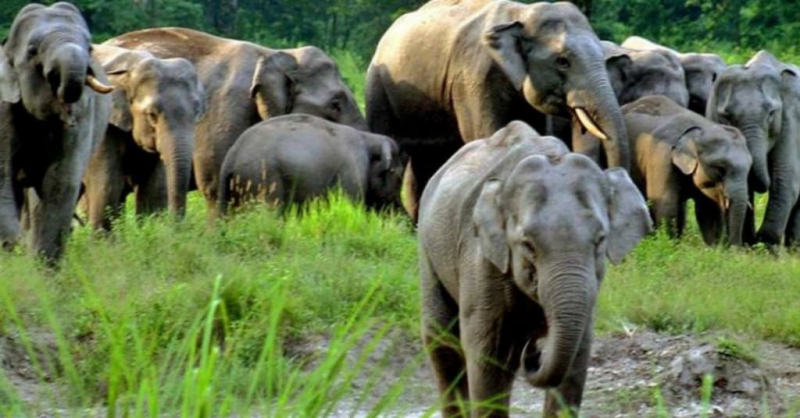
Rajasthan Studio 
Ranthambore National Park -
The Darrah National Park is one of the most popular national parks in Rajasthan. It was established in 2004 and comprises of three wildlife sanctuaries namely, the Darrah Wildlife Sanctuary, the Chambal Wildlife Sanctuary, and the Jaswant Sagar Wildlife Sanctuary. The national park has large stretches of forests which were formerly part of the Maharaja of Kota’s hunting grounds. Spread over an area of 250 sq km, the wildlife sanctuary is situated at a distance of 50 km from the town of Kota. The sanctuary was officially declared a protected zone in 1955. It is home to a number of species including the wild boar, deer, nilgai, cheetah, and wolves.
The Darrah refuge is a wonderful place to visit. It is impossible to adequately describe the region's natural splendor. It also has a very extensive cultural heritage. Near the Darrah National Park is another well-liked tourist spot called Jhalwar. Within the sanctuary's boundaries, there is also a stunning fort. A visit to the fort's Jenana Khana is recommended due to its exquisite architecture. A tour of the Darrah National Park should also include a stop at the Sun Temple in Jharipatan. The River Chandrabhaga flows very close to the national park and there are a number of ancient temples, dating back to the 7th and 8th centuries that are situated along the banks of the river. The national park is closed to visitors from July to September every year.
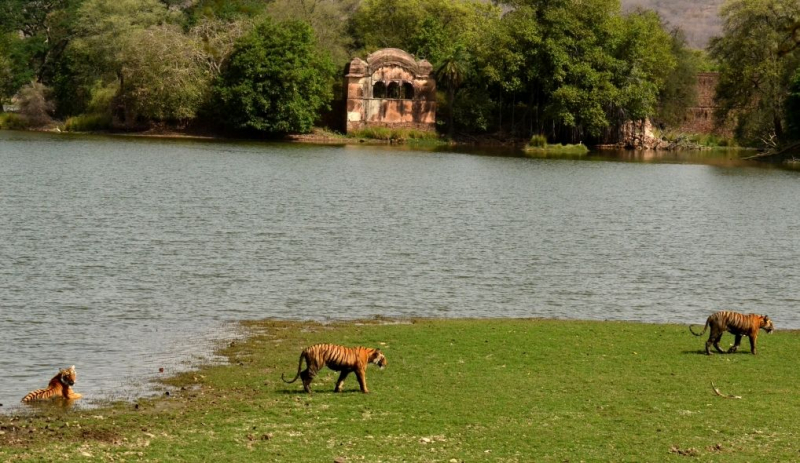
Memorable India 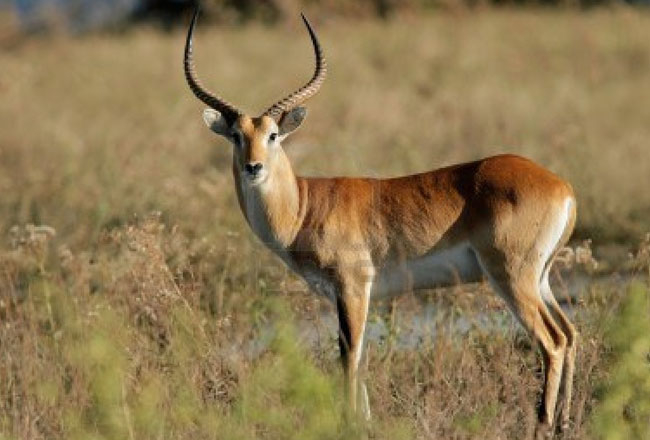
India Getaways -
The Sita Mata Wildlife Sanctuary is situated in the Pratapgarh district of Rajasthan and is one of the important wildlife sanctuaries in Rajasthan. It was declared as a protected zone in 1979 and sprawls over an area of 423 sq km. Covered in dense forests, the sanctuary is the chief attraction of Pratapgarh. The landscape of the wildlife sanctuary is undulating because of the joining of three different topographically distinct landscapes – the Aravalli Ranges, the Vindhyachal Hills, and the Malwa Plateau. The average elevation of the region ranges between 280 and 600 meters. The temperature of the region in the summer hovers between 32 degrees and 45 degrees, while in winter the temperature ranges between 6 degrees and 14 degrees.
There are many different kinds of plants, trees, and animals living there. Because of the enormous diversity of avian species present here, the Sita Mata wildlife sanctuary is frequently referred to as a "Bird Paradise". It is one of the most significant national parks in Rajasthan and is home to many species, including the cattle egret, small egret, tawny eagle, Indian darter, grey heron, little grebe, little cormorant, white-eyed buzzard, black-winged stilt, and many others. The Sita Mata Wildlife Sanctuary is home to two new bird species: the black-necked monarch and the white-throated ground thrush. The most striking attraction of the Sita Mata Wildlife Sanctuary is the vegetarian mammal flying squirrel. The best time to visit the sanctuary is from October to February.
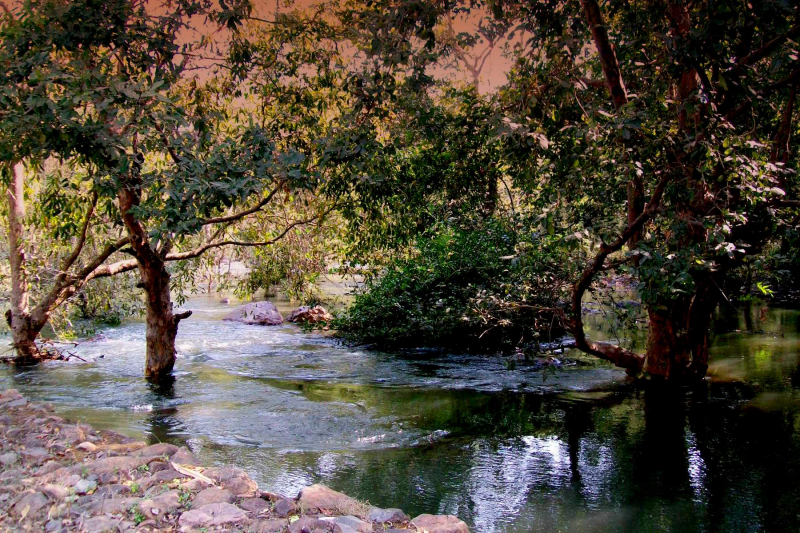
Wikipedia 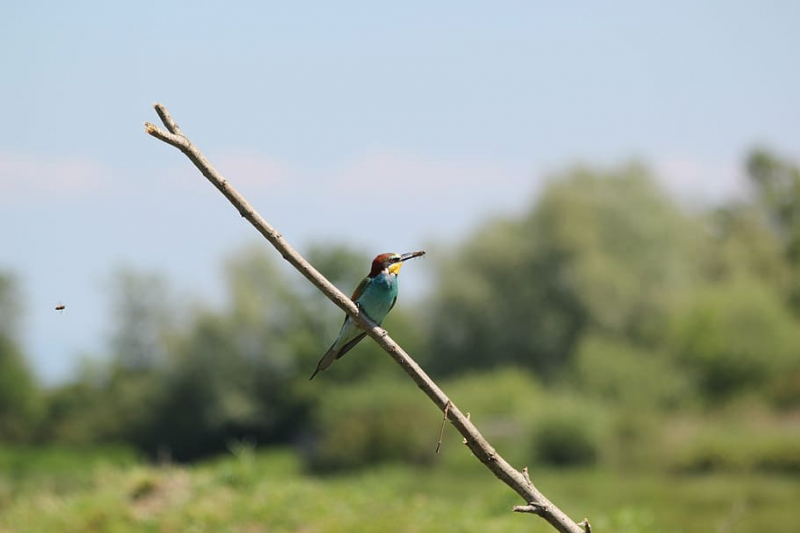
Tourism Rajasthan -
The National Chambal Sanctuary is situated on the River Chambal, at the point where the borders of the three states Rajasthan, Madhya Pradesh, and Uttar Pradesh meet. The sanctuary was first declared to be in Madhya Pradesh in 1978. Now, there is a narrow stretch of eco-reserve which is managed and administered by the three states. The sanctuary is also called the National Chambal Gharial Wildlife Sanctuary and is dedicated to the conservation of critically endangered gharials, the red-crowned roof turtle and the threatened Ganges river dolphin. The sanctuary is protected under the country’s Wildlife Protection Act of 1972.
Hedgehogs, flying foxes, hares, porcupines, Northern Palm Squirrels, Indian Gazelles, Blackbucks, nilgai, sambar, wild boar, jungle cats, Indian Grey and Indian Small Mongooses, and Common Palm Civet are among the mammalian species. The National Chambal Sanctuary is one of the most unique wildlife sanctuaries in Rajasthan thanks to its principal draws, which include gharials, crocodiles, freshwater dolphins, and endangered turtles. The National Chambal Sanctuary provides visitors with a variety of activities. At the refuge, visitors can rent boats with guides and take pictures of the crocodiles, gharials, and muggers. To get a closer look at the wildlife and way of life in the jungle, visitors can also enjoy walking trails along rivers and in ravines.
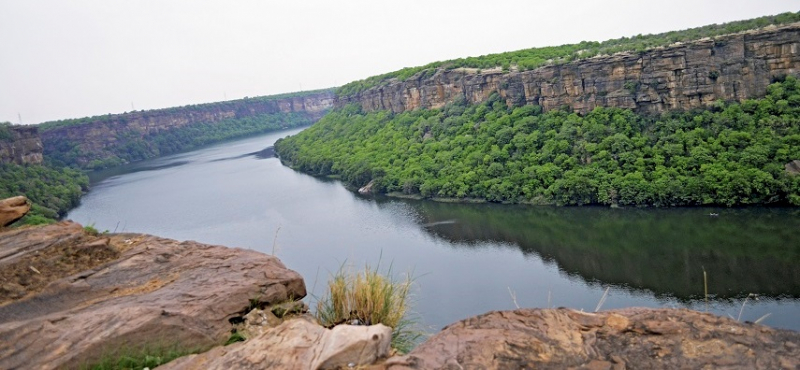
TOFTigers 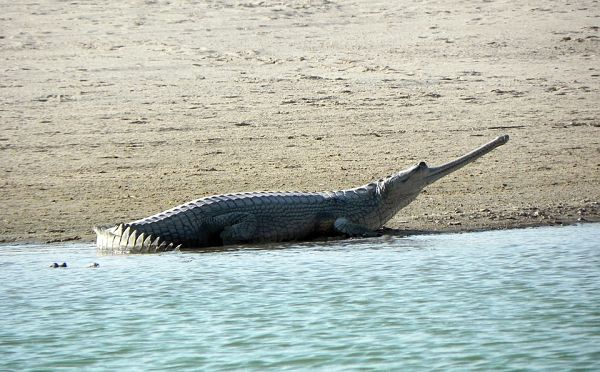
Tourism Rajasthan -
The Keladevi Wildlife Sanctuary is a part of the Ranthambore National Park. The Ranthambore National Park was created by including nearby wildlife sanctuaries, one of which was the Keladevi Wildlife Sanctuary. Spread over an area of 676 square kilometers, the Keladevi Wildlife Sanctuary is one of the most important wildlife sanctuaries in Rajasthan. The commonly sighted animals in the sanctuary include sambhar, wolves, hyenas, sloth bears, leopards, tigers, jackals, wild boars, chinkara, and others. Visitors at the Keladevi Wildlife Sanctuary can enjoy jeep safaris and bird-watching trips in the sanctuary. Usually day trips are conducted at the sanctuary.
The Ranthambore National Park is flanked by the Rivers Banas and Chambal on the North and the South, respectively. Visitors can get a splendid view of the rivers from the sanctuary. The sanctuary boasts great natural beauty and is home to a wide variety of bird and animal life. It is named after the Keladevi Temple situated within the premises of the sanctuary. The sanctuary is situated at a distance of 25 km from Karauli, which is another popular tourist destination in Rajasthan. A trip to the Keladevi Wildlife Sanctuary is a highly rewarding experience as the region is not only significant in terms of wildlife but also in terms of culture and history.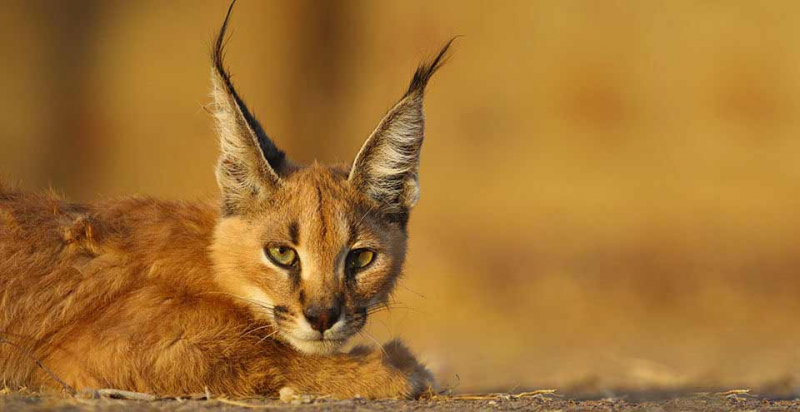
Rajasthan Tour Planner 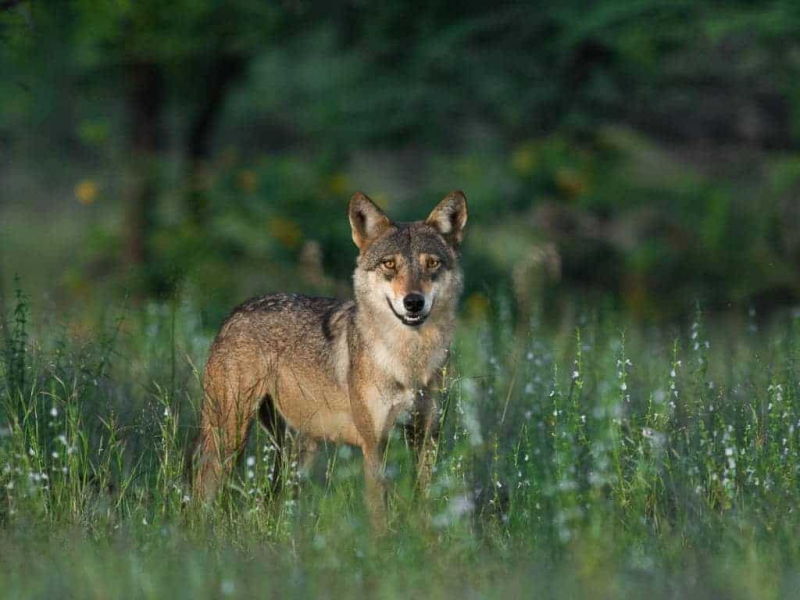
True Rajasthan












